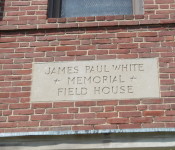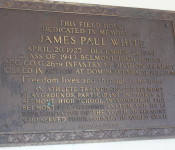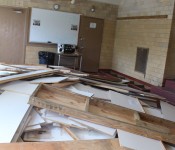For the next three nights, from Monday July 28 to Wednesday, July 30, Waverley Square will be “under the lights” as Trapelo Road is repaved as part of the $17.2 million Trapelo/Belmont Corridor reconstruction project.
From 7 p.m. to 7 a.m., trucks and repaving equipment will be on Trapelo Road from Mill Street to White Street as well as on Lexington and Church streets.
The construction work was approved by the Belmont Board of Selectmen a week ago to lessen the impact on approximately 30,000 daily commuters and businesses in the area, according to Glenn Clancy, director of Community Development and the town’s engineer.
“We appreciate your patience and cooperation during this operation. As you are aware this work is very much necessary and every effort will be made to minimize impacts to residents while work is occurring,” said Clancy in a press release. He stated that residents with any concerns can call he at 617-993-2659 or by e-mail at gclancy@belmont-ma.gov.
Clancy said that homeowners and residents who have questions or concerns during construction hours can contact Ryan Gleason of Newport Construction at 603-765-2173.




